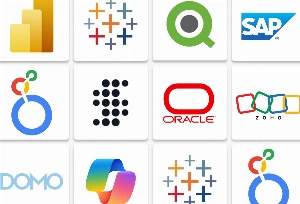The Deloitte survey shows that 78% of companies that outsource confirm that hiring a third-party vendor is beneficial for their business. But what about the other 22%?
Though outsourcing software development proves to be very beneficial for big and small companies, there are still some risks, ignoring which can lead to failure.
# Choosing the Wrong Cooperation Model
The major reason for software outsourcing is a cost-cutting factor. Though this obvious advantage can sometimes turn out to be Pandora’s box if the cooperation model is not wisely chosen.
Choosing the right cooperation model will help you not only omit extra expenses but also get the product developed in a timely manner.
# Blurred Contract
Loosely formulated contracts, or even worse, oral agreements can lead to sizable monetary losses. All the deliverables, timeframes, payment and communication schedule, intellectual property issues, and confidentiality must be outlined in the contract.
# Weak Data Security
The newly-coined partner receives access to the company’s valuable data and it’s vital to eliminate the slightest possibility of data breaches. You need to ensure that the security procedures, policies, and technical safeguards used by your vendor are on a high level and are fully compliant with laws and regulations in your country.
# Language and Cultural Barriers
One of the most common reasons for cooperation failure is ignoring by companies the risk of cultural incompatibility and language barriers. The survey shows that 75% of companies that have outsourced services, “would take more account of culture next time”.
Therefore the cultural differences in organizational culture between the parties and the level of English as well as peculiarities of pronunciation, accent, etc., should be carefully assessed before signing the contract.
# Quantity, not Quality
Trying to save while outsourcing can play a trick on you. Sometimes, when outsourcing companies are under the temptation to choose the cheapest service provider, it's obviously a mistake. The main drivers of choice should be: the vendor’s portfolio, reviews on independent platforms, and the expertise of engineers, only then you can compare prices.
Process for Successfully Outsourcing Software Development Projects
So, how to successfully outsource software development?
# Put Down a Scope Statement for Your Software Project
Before opting for a certain software development model and choosing a vendor, customers should outline a clear project roadmap and define the scope of the project, its objectives, deliverables, budget, etc.
The Procedure of a Project Scope Statement Development Falls into Such Steps:
- Defining the key project objectives;
- Identifying major deliverables;
- Listing scope exclusions;
- Setting project constraints;
- Estimating hourly rates;
- Setting guidelines for change requests;
- Obtaining sign-off.
# Decide between Onshore, Nearshore, and Offshore Outsourcing
When deciding to outsource software development, companies face a choice of three location-based outsourcing models. 



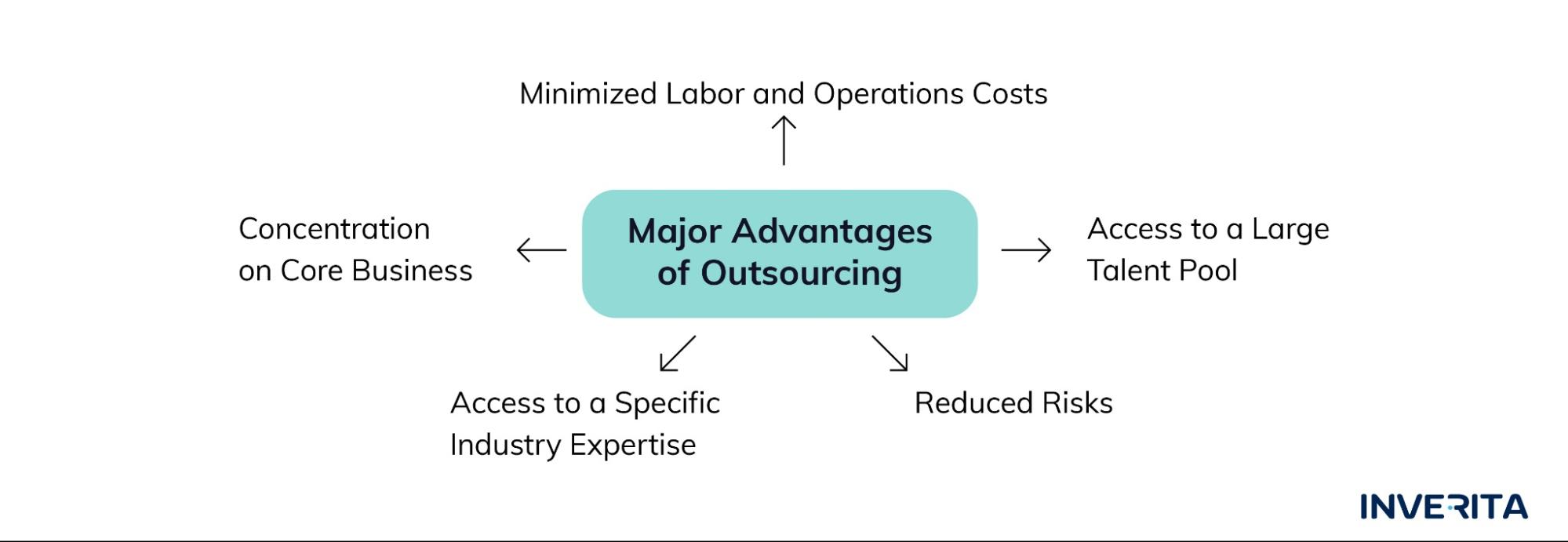
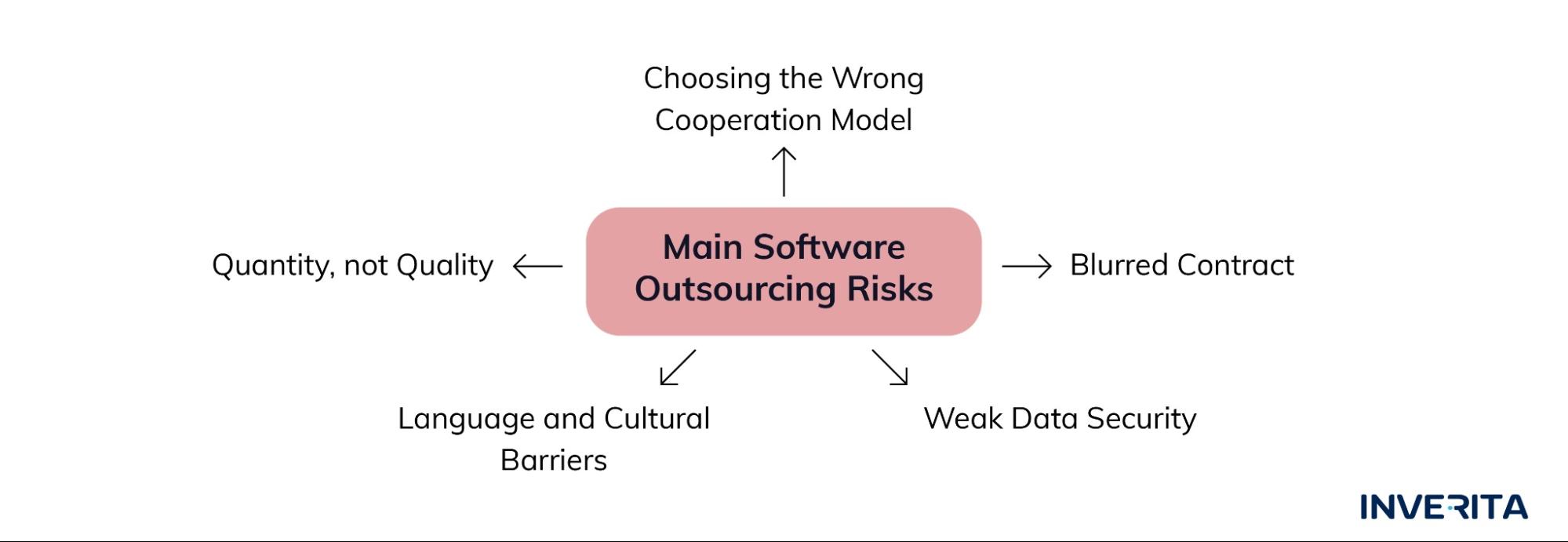
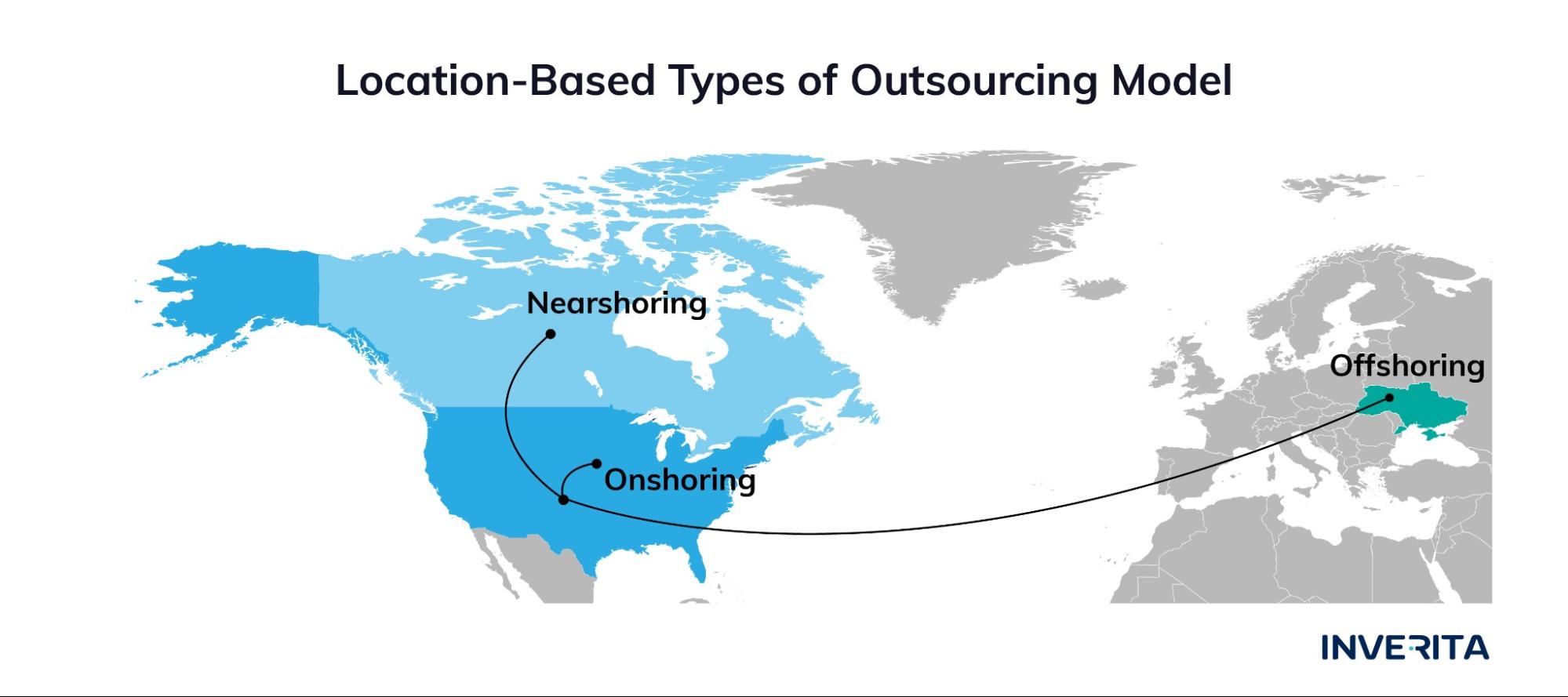
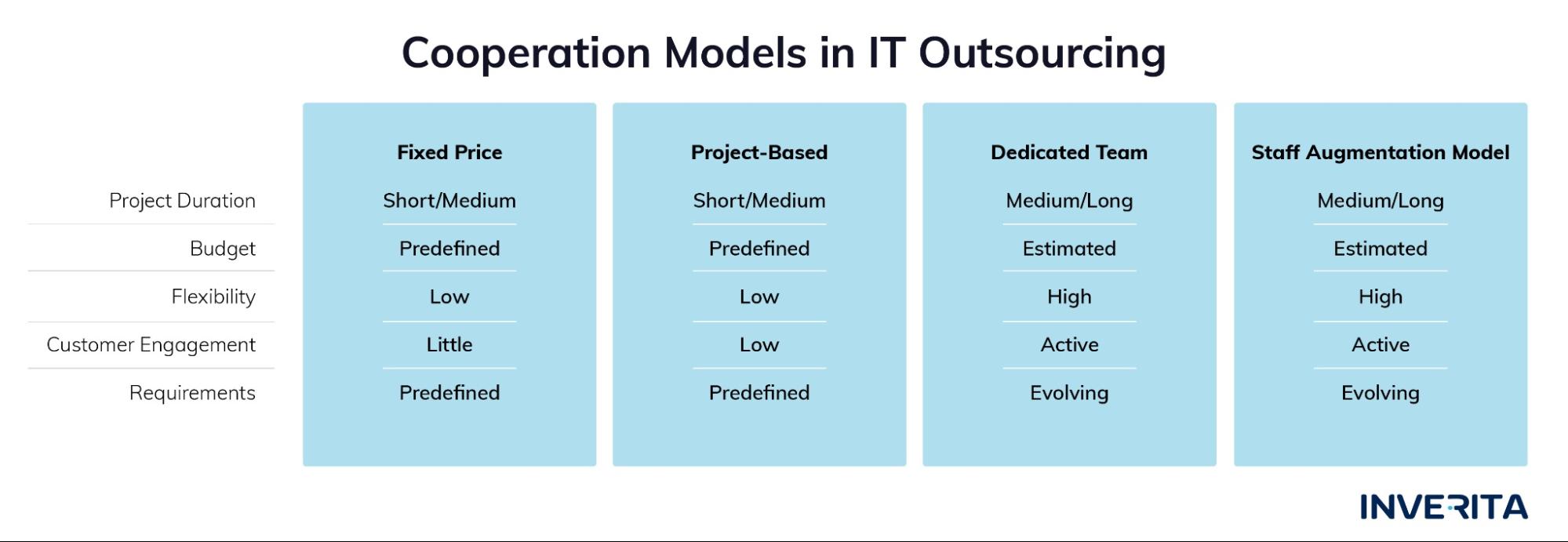




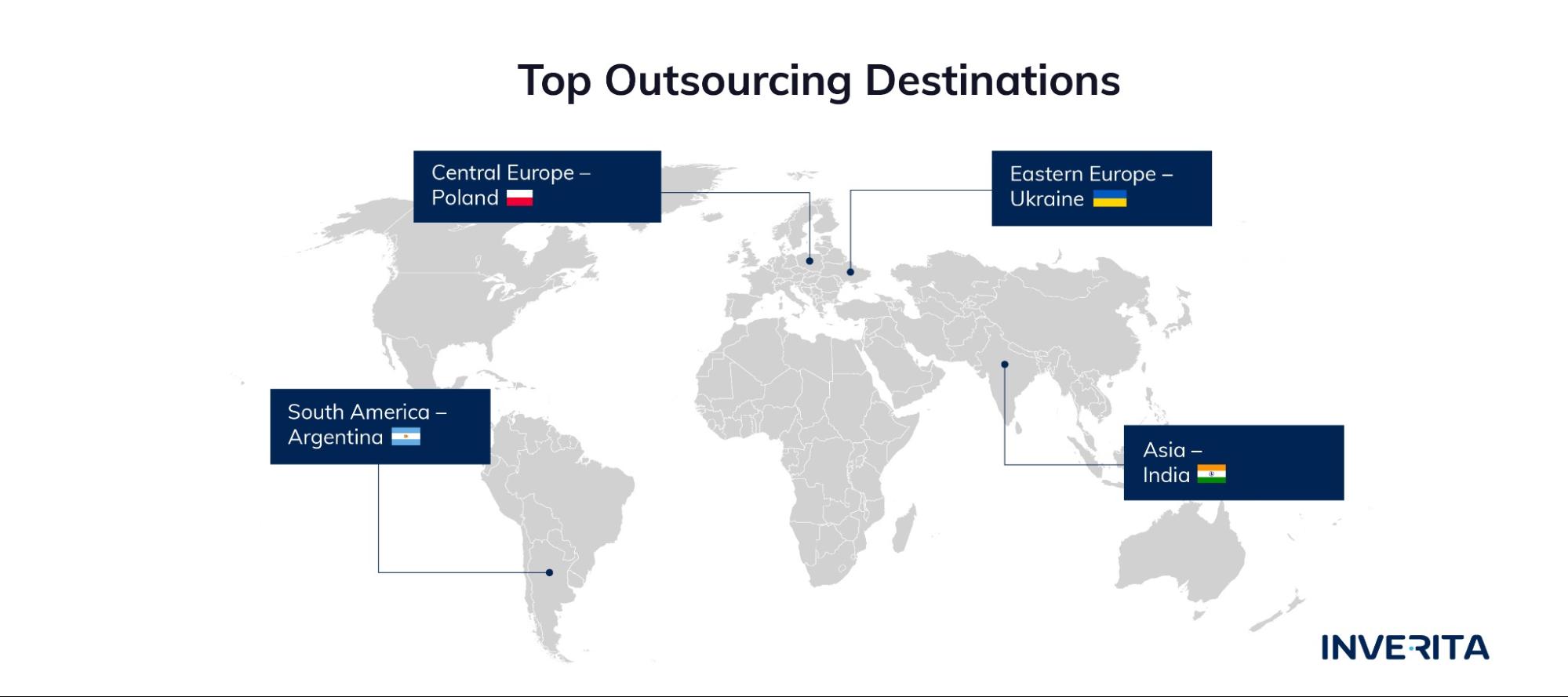

_1764586939-small.webp)
